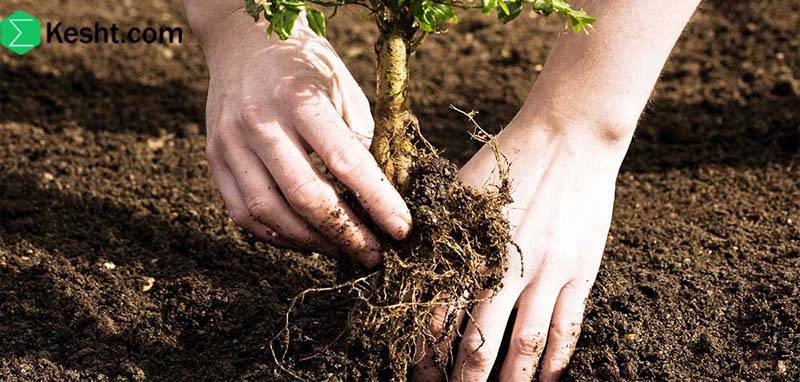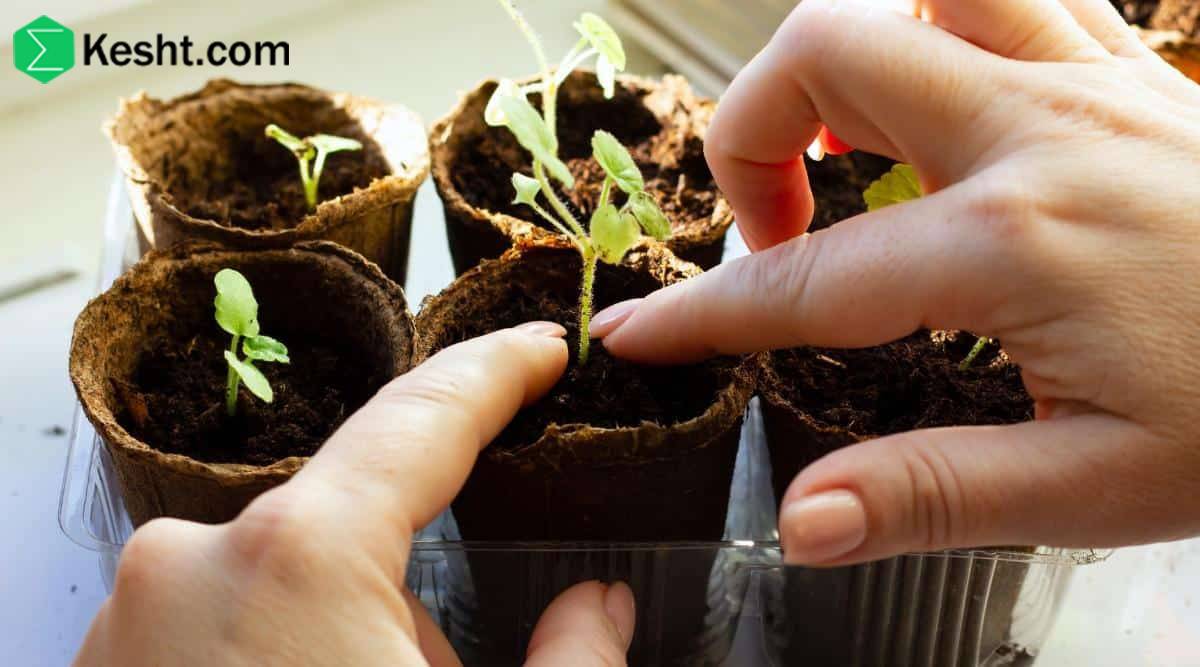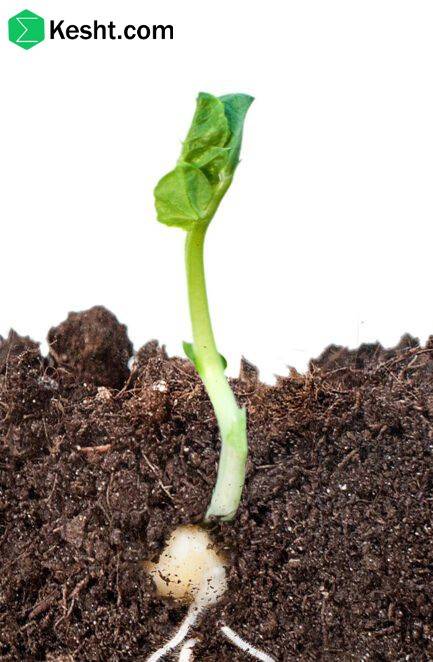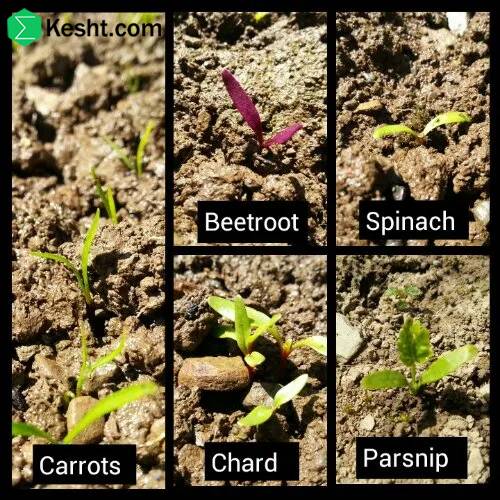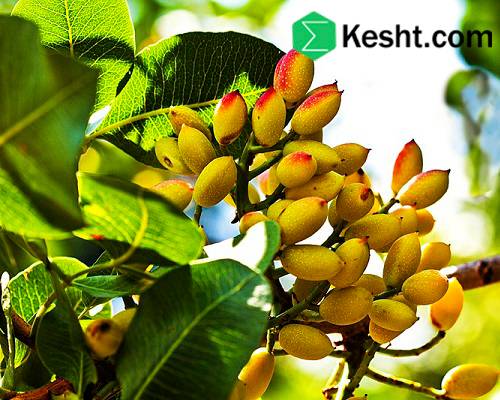Types of Fertilizers Suitable for Soil Amendment
There are various types of fertilizers and amendments that can help improve soil quality and increase its fertility. Here are some of these options:
Organic Fertilizers:
Compost: A mixture of organic materials that improves soil structure and increases nutrient content.
Vermicompost: Fertilizer produced from worms, rich in nutrients and beneficial microorganisms.
Manure: Animal waste (from cows, chickens, etc.) that must be fully decomposed to prevent disease.
Chemical Fertilizers:
Nitrogen Fertilizers: Such as urea and nitrates, essential for plant growth.
Phosphorus Fertilizers: Such as superphosphate, which helps strengthen roots and promote flowering and fruiting.
Potassium Fertilizers: Such as potassium chloride, which improves plant resistance to stress.
Mineral Fertilizers:
Gypsum: Used to amend saline soils and improve soil structure.
Calcium and Magnesium: Important for nutrient balance and improving soil pH.
Soil Amendments:
Peat Moss: Enhances water retention and aeration in soil.
Perlite and Vermiculite: Improve drainage and aeration.
Microbial Fertilizers:
Beneficial Microorganisms: Such as bacteria and fungi that enhance the decomposition of organic materials and increase soil fertility.
Plant-Based Fertilizers:
Fertilizers from Plants: Such as those made from algae, which supply nutrients and enhance soil biodiversity.
Important Considerations:
Soil Analysis: Conduct a soil analysis to determine specific needs before selecting fertilizers.
Plant Type: Choose fertilizers based on the type of plants and their specific requirements.
Timing: The appropriate timing for adding fertilizers to the soil is also crucial.
By utilizing these fertilizers and amendments, you can improve soil quality and enhance crop yields.
If you are interested, it is recommended that you read the following article / article title:
Solid organic fertilizers for seedling
https://ekesht.com/en/blog/solid-organic-fertilizers
Can I Use Different Fertilizers at the Same Time?
Yes, you can use different fertilizers simultaneously, but there are several important considerations to keep in mind:
Soil Analysis:
Conduct a soil analysis to identify its specific needs before combining fertilizers. This will help you choose the right mix of fertilizers.
Nutrient Compatibility: Ensure that the selected fertilizers are compatible with each other and do not contain conflicting nutrients. For example, using nitrogen and potassium fertilizers together is generally safe.
Proper Ratios: Maintain the correct ratios of fertilizers. Adding excessive amounts can harm plants or lead to nutrient imbalances.
Timing: Consider the appropriate timing for applying fertilizers. Some fertilizers should be used at specific stages of plant growth.
Application Methods: Use suitable methods for applying fertilizers. For example, drip irrigation may be beneficial for uniform distribution of fertilizers.
Consider Plant Type: Take into account the specific needs of each plant and its growth stage. Some plants may be sensitive to certain compounds.
Conclusion:
Using different fertilizers simultaneously can enhance plant growth and performance, but it requires precision and planning. By following the above tips, you can take advantage of multiple fertilizers effectively.
If you are interested, it is recommended that you read the following article / article title:
Comprehensive Guide to Planting Saplings and Post-Planting Care
https://ekesht.com/en/blog/comprehensive-guide-to-planting-saplings-and-post-planting-care
Examples of Compatible Fertilizers
Certainly! Here are some examples of compatible fertilizers that you can use simultaneously:
Nitrogen and Potassium Fertilizers:
Urea (Nitrogen) + Potassium Chloride (Potassium)
This combination can enhance plant growth and increase fruiting.
Nitrogen and Phosphorus Fertilizers:
Ammonium Phosphate (Nitrogen and Phosphorus)
This fertilizer supports root growth and strengthens the plant.
Organic and Chemical Fertilizers:
Compost + Nitrogen or Phosphorus Chemical Fertilizer
The use of compost improves soil structure and increases nutrient content.
Microbial and Chemical Fertilizers:
Beneficial Microorganisms + Appropriately Formulated Chemical Fertilizer
This combination can enhance nutrient availability for plants.
Organic and Mineral Fertilizers:
Animal Manure (Organic) + Gypsum (Mineral)
Gypsum helps improve soil structure and reduce salinity.
Plant-Based and Chemical Fertilizers:
Seaweed Fertilizer + Nitrogen Chemical Fertilizer
This combination can provide nutrients and enhance plant growth.
Important Considerations:
Soil Analysis: Always conduct a soil analysis before combining fertilizers to identify specific needs.
Plant Type: Consider the specific needs of each plant to prevent damage.
Ratios: Maintain proper ratios of fertilizers.
By following these tips and using suitable combinations, you can improve plant growth and performance.
Appropriate Fertilizer Ratios
The appropriate ratios of fertilizers depend on the type of plant, growth stages, and soil conditions. Here are some tips and general ratios for using fertilizers:
N-P-K Ratios:
Fertilizers are typically defined by their ratios of Nitrogen (N), Phosphorus (P), and Potassium (K). These ratios indicate the nutrient composition in the fertilizer. For example:
10-10-10 Fertilizer:
Contains equal amounts of all three nutrients.
20-10-20 Fertilizer:
Has more nitrogen and potassium than phosphorus.
General Ratios for Different Plants:
Leafy Vegetables: An N-P-K ratio of about 2:1:2 or 3:1:2 is suitable.
Flowers and Ornamental Plants: A ratio of about 1:2:1 or 1:1:2 is usually appropriate.
Fruit-Bearing Plants: A ratio of about 1:1:2 or 2:1:2 is recommended to enhance fruiting.
Ratios During Different Growth Stages:
Early Growth Stage (Seedlings): Typically requires more nitrogen (N-P-K ratio of about 3:1:1).
Flowering Stage: Requires more phosphorus and potassium (ratios of 1:2:2 or 1:1:2).
Harvest Stage: Should support fruiting with a higher potassium ratio.
Organic Fertilizers:
Compost: Does not have a specific ratio but should be well-balanced. Organic mixes usually release nutrients gradually into the soil.
Animal Manure: Typically has higher nitrogen content and should be used in balanced amounts.
Soil Considerations:
Soil Analysis: Conducting a soil analysis is crucial to determine its specific needs and select appropriate ratios.
Timing and Application Methods:
Timing: The right time to apply fertilizers is important. Using fertilizers when plants need them can enhance effectiveness.
Conclusion:
Appropriate fertilizer ratios depend on the type of plant and soil conditions. By considering the specific needs of your plants and conducting soil analysis, you can choose suitable ratios to improve plant growth and performance.
If you are interested, it is recommended that you read the following article / article title:
Modern Methods for Planting Pistachio Seedlings
https://ekesht.com/en/blog/modern-methods-for-planting-pistachio-seedlings
Liquid and Solid Fertilizers
Fertilizers are divided into two main categories: liquid and solid, each with its own characteristics and advantages. Here’s an overview of each:
1. Liquid Fertilizers:
Characteristics:
Form: They are in liquid form and usually dissolve easily in water.
Absorption: They are readily absorbed by plant roots and typically act faster than solid fertilizers.
Composition: May include various nutrients and microbial additives.
Advantages
Speed of Action: They have a quicker impact on plants and can respond rapidly to the plants' needs.
Precise Control: Allows for accurate measurement and adjustment of nutrient ratios.
Ease of Application: Typically mixed with water and can be applied through irrigation, spraying, or directly to the soil.
Disadvantages:
Less Stability: Usually remain in the soil for a shorter time and require more frequent applications.
Cost: May be more expensive compared to solid fertilizers.
2. Solid Fertilizers:
Characteristics:
Form: They are in solid form (powder or granules) and usually come as small pellets or powders.
Composition: Include a variety of nutrients and can be organic or chemical.
Advantages:
Stability: Generally remain in the soil longer and release nutrients gradually.
Cost: Usually less expensive and more economical.
Variety: Available in various types with different compositions.
Disadvantages:
Speed of Action: Their absorption may take longer, and their effects appear gradually.
Difficult Control: Adjusting precise ratios may be more challenging and require more calculations.
Conclusion:
The choice between liquid and solid fertilizers depends on the specific needs of the plant, soil type, and environmental conditions. Liquid fertilizers are suitable for quick effects, while solid fertilizers provide a more stable supply of nutrients. Many farmers and gardeners use a combination of both types to optimize plant growth.
If you are interested, it is recommended that you read the following article / article title:
Examples of Liquid and Solid Fertilizers
Examples of Liquid Fertilizers:
Nitrogen Liquid Fertilizer:
Liquid Urea: Easily dissolves in water and is used to provide nitrogen for plants.
Phosphorus Liquid Fertilizer:
Liquid Phosphate: Useful for supplying phosphorus, especially in the early stages of plant growth.
Seaweed Fertilizer:
Liquid Seaweed Fertilizer: Rich in nutrients and natural growth hormones.
Potassium Liquid Fertilizer:
Liquid Potassium Chloride: Used to provide potassium and improve fruiting.
Microbial Fertilizers:
Solutions Containing Microorganisms: Enhance soil health and increase nutrient absorption.
Examples of Solid Fertilizers:
Nitrogen Fertilizers:
Urea: One of the most popular nitrogen fertilizers with high concentration.
Ammonium Nitrate: Provides nitrogen quickly and effectively.
Phosphorus Fertilizers:
Superphosphate: High in phosphorus and suitable for root strengthening.
Triple Superphosphate (TSP): Rich in phosphorus and suitable for flowering stages.
Potassium Fertilizers:
Potassium Chloride: Supplies potassium and improves fruit quality.
Potassium Sulfate: A chlorine-free option for sensitive plants.
Animal Manure:
Cow or Chicken Manure: Organic fertilizers that enhance soil structure and provide nutrients.
Organic Fertilizers:
Compost: A mixture of organic materials that improves soil and supplies nutrients.
Conclusion:
The choice of fertilizers depends on the type of plant, soil needs, and growth stages. Using a suitable combination of liquid and solid fertilizers can enhance plant growth and performance.
If you are interested, it is recommended that you read the following article / article title:
What is plastic cultivation for nurseries and seedling protection?
https://ekesht.com/en/blog/what-is-plasticulture
We are the “ekesht” platform — a subsidiary of Samin Atlas Iranians and the only official exporter of BlueLabel seedlings in Iran
Why Blue Label?
Because the world only trusts these seedlings!
Ordinary seedlings (without labels or other labels), even if one of them is infected, can destroy your entire garden — without you realizing it!
But the advantage of Blue Label seedlings:
✅Each of them has a global barcode
✅Tested in advanced laboratories
✅Free from any viruses and microbes
✅The only seedlings that are allowed to be legally exported!
This is important for you if:
- You want to build a garden that is productive and hassle-free
- You are looking for a long-term investment in gardening
- You want to start without stress, without losses, without surprises!
Blue Label seedlings = peace of mind
Because when the seedlings are healthy, the garden stays healthy — and real profits come!
Contact us now — before a random seedling destroys your garden!
Healthy Seedlings = Fruitful Garden = Smart Investment
And that’s exactly what we do at ekesht.
ekesht platform (with fifteen years of practical and successful trade experience with Russia, Kazakhstan, Iraq, China, Turkmenistan, Turkey, etc.) is ready to cooperate with people active in the field of agriculture.
For more information and additional information, please contact us via social media, phone call or email
Phone number:
Email:
Social media address:
